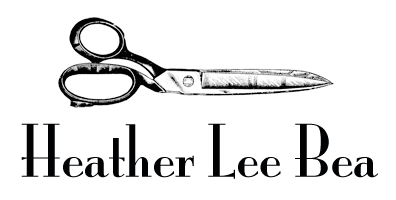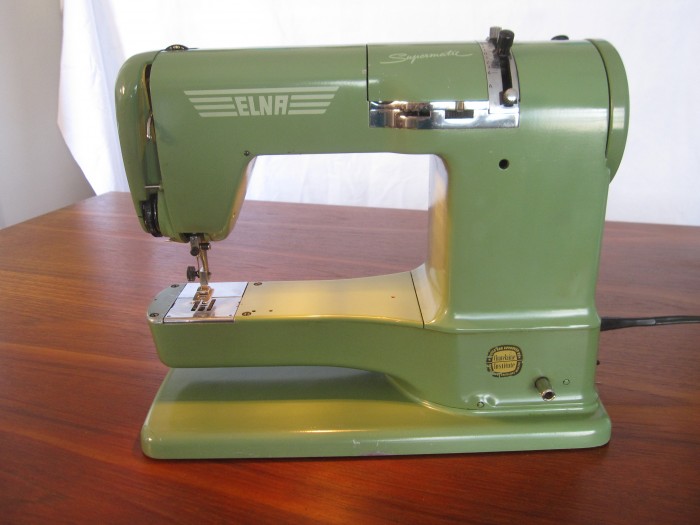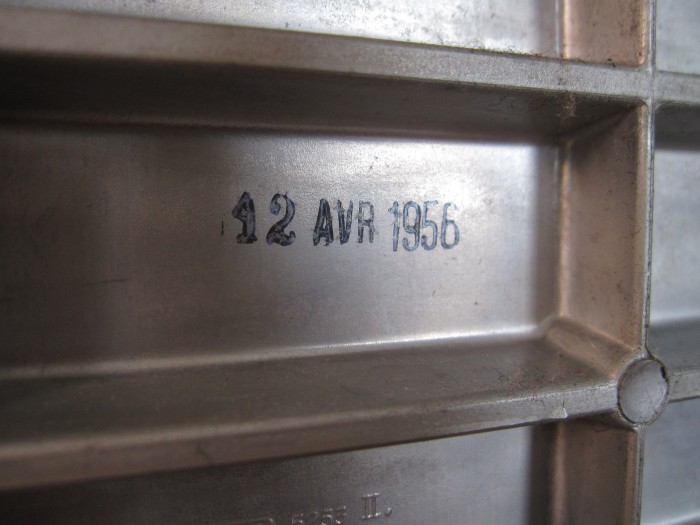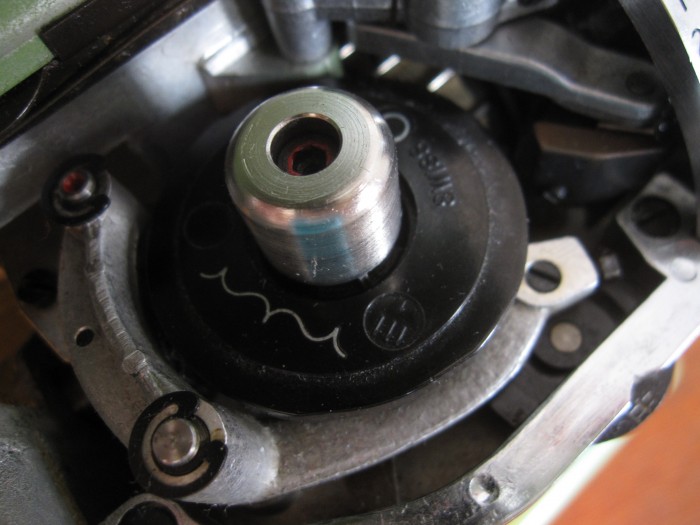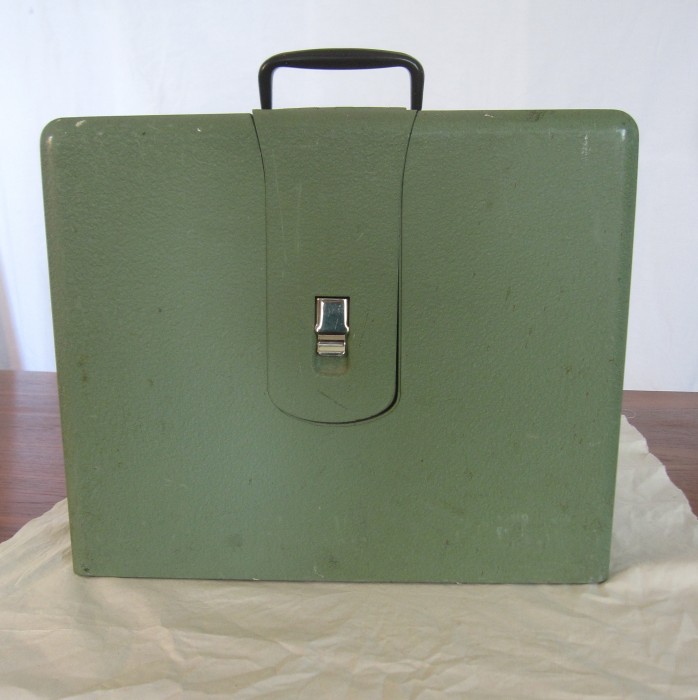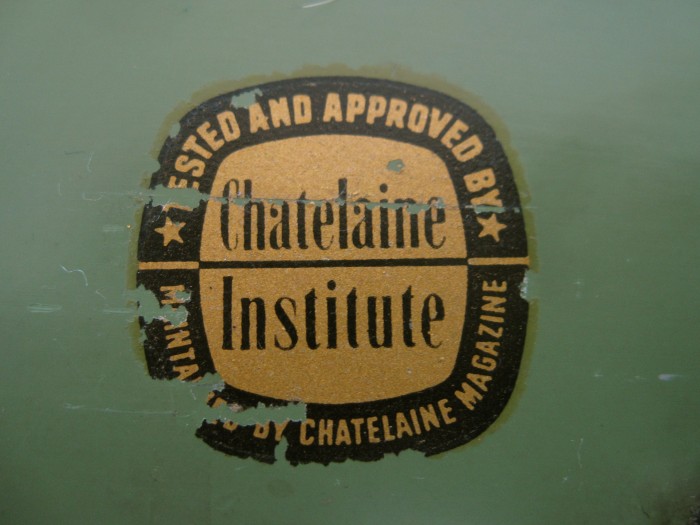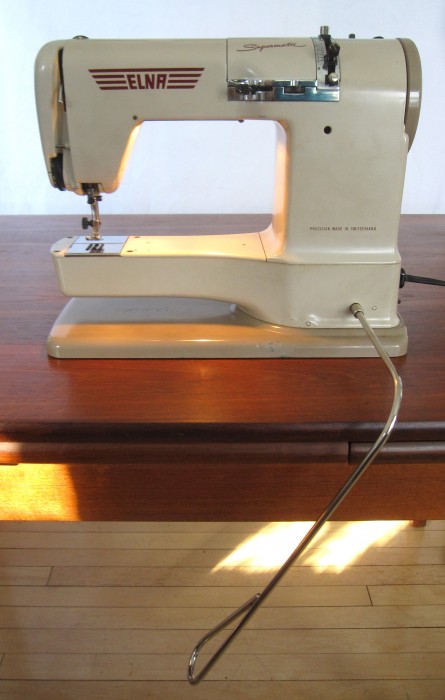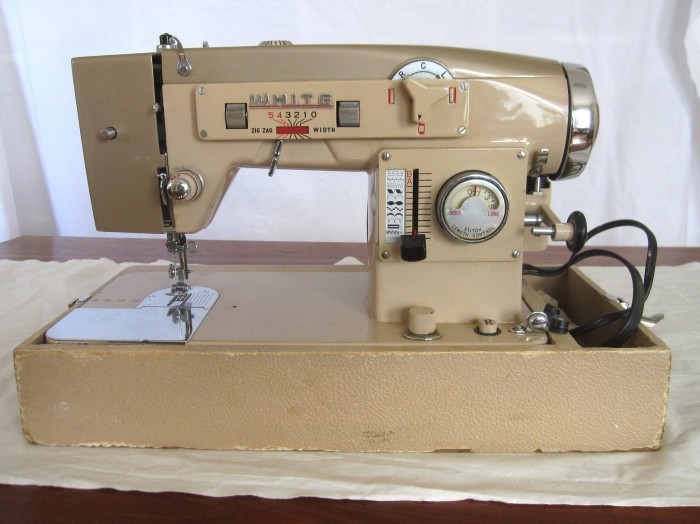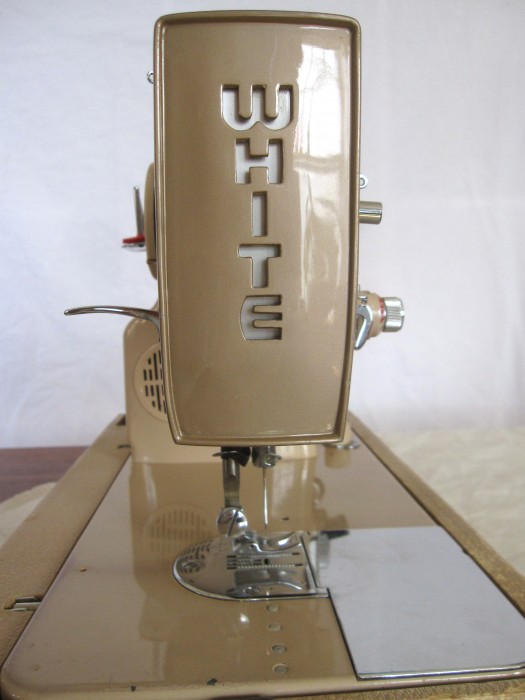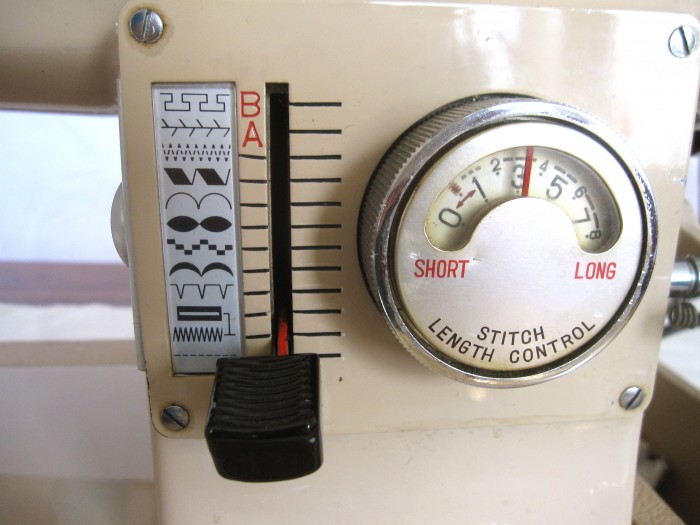WARNING: Nerdy Sewing Talk Ahead!
Now that you’ve been warned- this page is a guide to my favourite sewing tools and machines. Not everyone agrees on what is the most useful to them, and that’s fine. The great thing about most art/craft is that there are many ways to get the result you want. Sometimes the way you work, and what you use to make handmade goods is based on pure whim, other times on what is available to you, or the way in which you learned your craft.
First things – an important tool for most sewists: The Sewing machine.
First invented in the early 19th century and made widely available for home use in the Victorian period, there are now many models to choose from, and many vintage enthusiasts still make use of machines that are over 100 years old. I have to admit a fondness for antique and vintage machines. There’s something to be said for a piece of technology that can still function beautifully generations later. Often the older machines are built much better than something made only 10 years ago. They also tend to be more easily mended by the owner, and hold up to wear and tear better. There’s a reason why industrial machines today are still made primarily of metal parts instead of plastic. Of course it’s all a matter of preference and availability. If you want something that does a million different stitches or maybe you only sew as a hobby, you can pick up a fairly inexpensive modern machine and get along just fine.
Without further rambling though, let’s meet my ‘team’.
My main machine for a few years and my first Elna was this pretty little tank:
The Elna Supermatic from 1956 (the date is stamped on the bottom).
I picked this up at a local antique store for $45. It came with a few different feet and a good selection of Elna Disks.
These machines use plastic ‘cams’ that are inserted under a panel in the top of the machine and allow you to make various zig zag stitches plus a wide range of decorative stitch patterns automatically.
It’s a ‘portable’ machine that comes in a metal carrying case that can be unfolded and fitted around the sleeve arm to make an extended work surface.
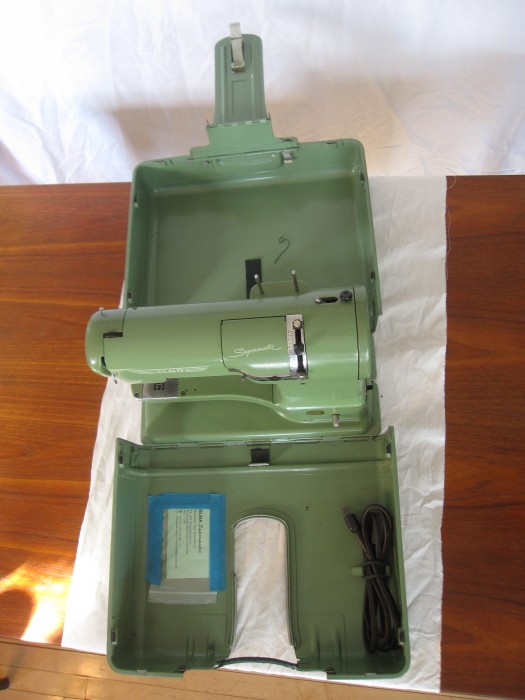
The Elna with unfolded case. There’s a little rubber band that hooks onto the inside of the case for storing the cord, and the knee lever clips into the case as well (not shown).
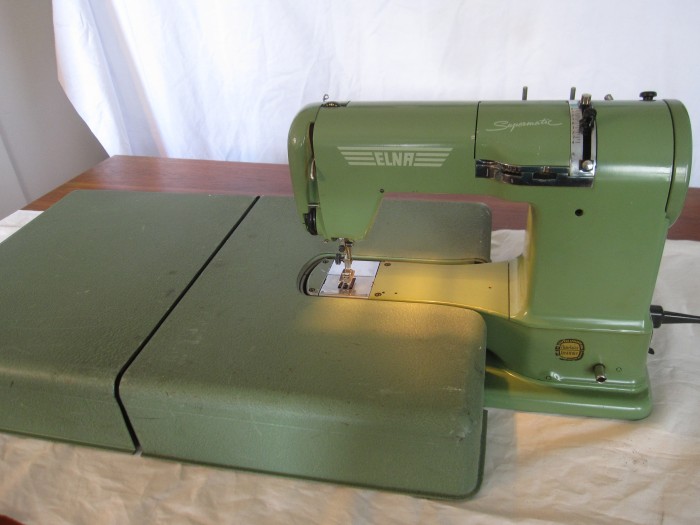
The Elna with carrying case converted to a work surface. I’ve never actually used any of my Elnas like this though.
The term portable is used, but I can only imagine what burly arms those housewives must have had if they ever had to lug this machine around. The main body is made of cast iron, so it’s a hefty little thing, but that’s another reason I like old machines. My modern serger is very useful, but nearly jumps off the table if I’m sewing fairly quickly. The Elna tends to stay in place, even when running at high speeds.
Unfortunately Elna #1 is in need of repair. I took her in to have a bobbin gear replaced, and a year later they still hadn’t got her running properly, so she’s waiting for a mechanically inclined person to make her useful again. In a worse case scenario, this machine can be salvaged for parts if I can’t get it to work.
I have since been gifted with 2 additional Supermatics. One is from 1954 and relatively similar to the first one, and the other is a later model from the early 1960s (sadly it does not have a date stamp). The latter is also unfortunately beige… Though being ‘younger’, this Elna had been more ill treated. There are places with worn off paint, I had to make a replacement thread guide near the needle that was missing. When I got it, a piece of the mechanism that drives the cam had come off, and fallen down into the bowels of the machine. I managed to take it apart and re-install it (using my other Elnas as a guide to how it went together!). This machine still has problems with some of the double disk automatic stitches but works fine for everyday sewing.
The learning curve for these wasn’t too steep – the first Elna came with the original booklet. It doesn’t use a pedal, but a knee lever (really more like thigh as you normally sit closer to the machine) to control the motor. This is a little tricky to master, since you have to be close enough to the lever to comfortably push it with your leg, but being careful not to knock it accidentally when you don’t want to sew. It is not controlled by the on/off switch on the side of the machine (as far as I can tell this only turns the light on), so even when you aren’t using the machine it can be knocked and start the Elna stitching. If you’ve ever used certain types of industrial machines, this is further complicated as the knee lever generally lifts the foot as opposed to running the motor.
My ‘workhorse’ machine was given to me by a family friend. It had been used to sew puppets, so I knew that although it lacked the glamour of the Elnas, it might do as a good backup machine. When Elna #1 went out of commission I was glad to have the White 970 Selectronic. Its another ‘portable’ table top machine that sits in a base onto which a cover with a handle clips on. Despite online research, I have not been able to specifically date this machine. Considering the style and colour I can make an educated guess that it’s probably from the 1960s or early 1970s. It still has smooth ‘atomic age’ lines towards the flywheel, but the other side is looking more boxy.
Features: foot pedal control, speed dial, cam stack that can be switched out for a variety of stitch styles, push button reverse stitch control.
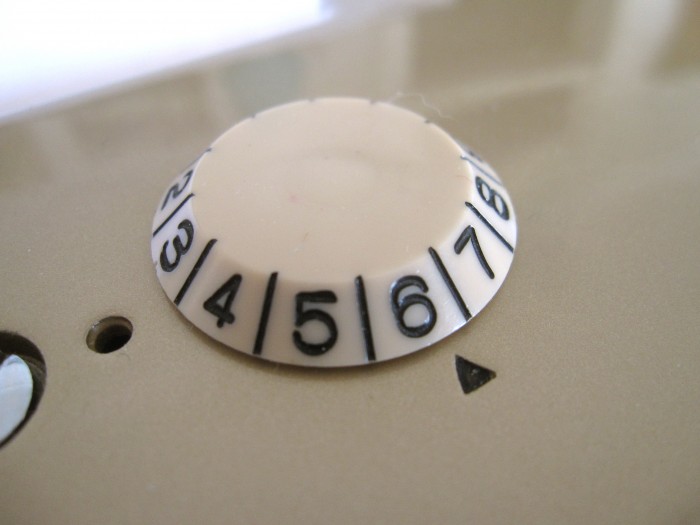
White 970: Sewing speed control. This is handy for limiting the feed while doing more delicate work and stops the fabric running away from you if you accidentally push the foot pedal down too hard.
The only thing I find slightly annoying with this and many other later model machines is the reverse control. On the Elna, and some other vintage machines I’ve used, you can flip the stitch length lever from forwards to reverse, but also leave it in the reverse mode. This comes in handy for mending or navigating tight spots on a project, leaving both hands free to guide the fabric.
More exciting tools to be posted soon!
